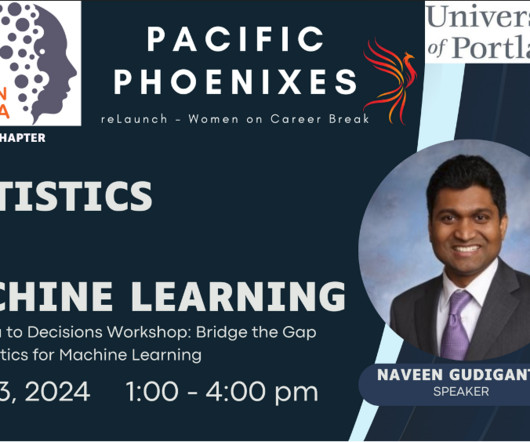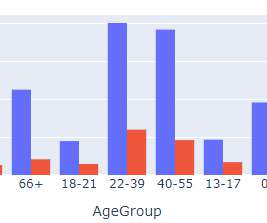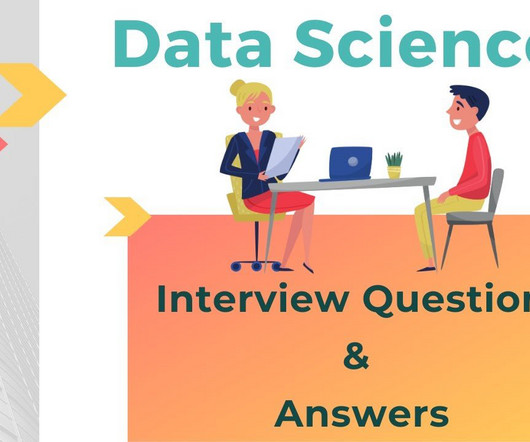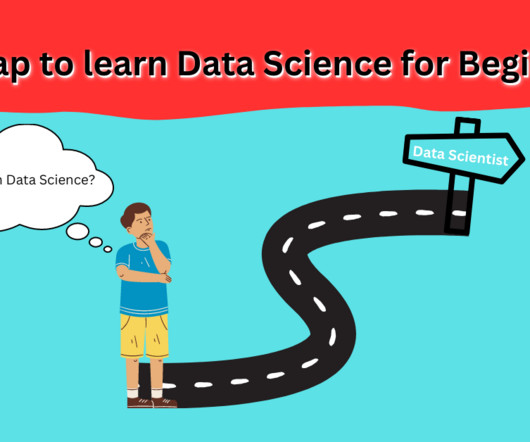Exploratory Data Analysis: A Guide with Examples
Mlearning.ai
MARCH 5, 2023
Before conducting any formal statistical analysis, it’s important to conduct exploratory data analysis (EDA) to better understand the data and identify any patterns or relationships. EDA is an approach that involves using graphical and numerical methods to summarize and visualize the data. We can use summary statistics to do this.














Let's personalize your content